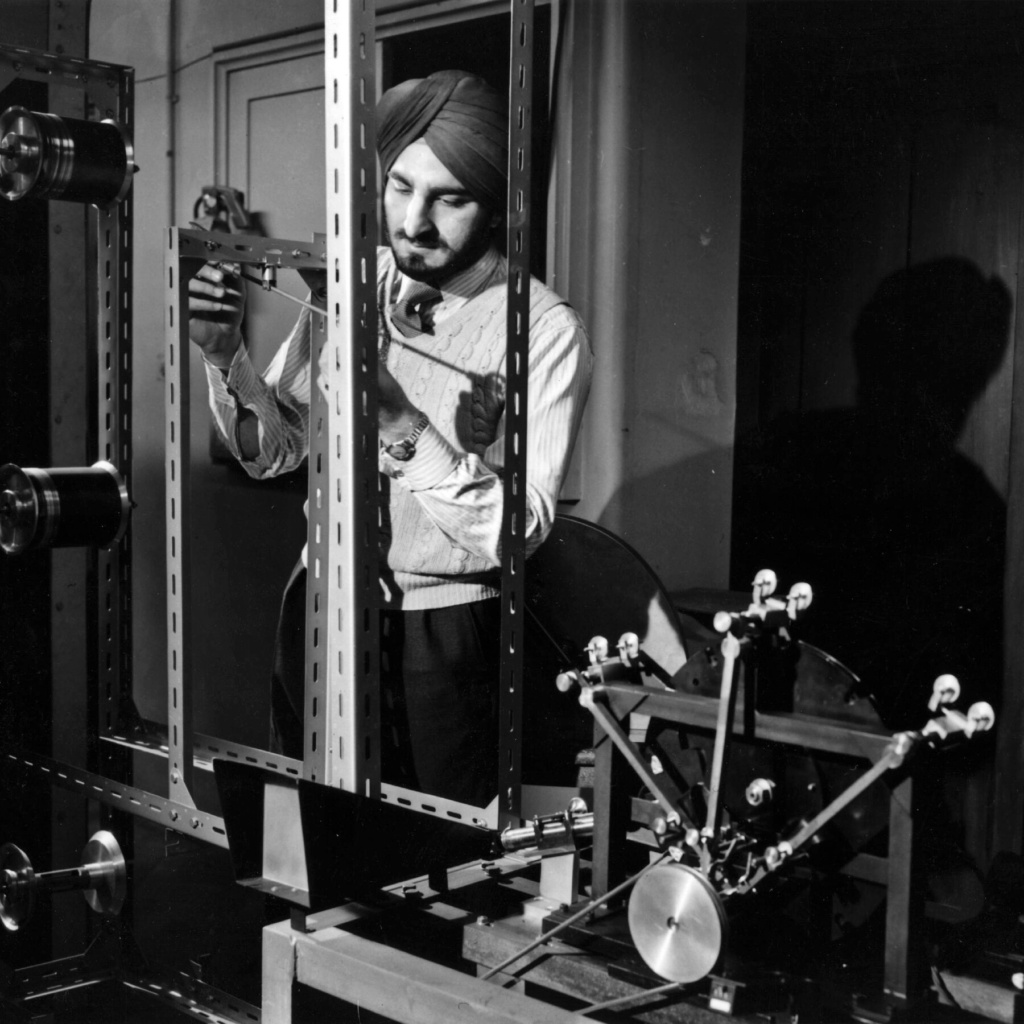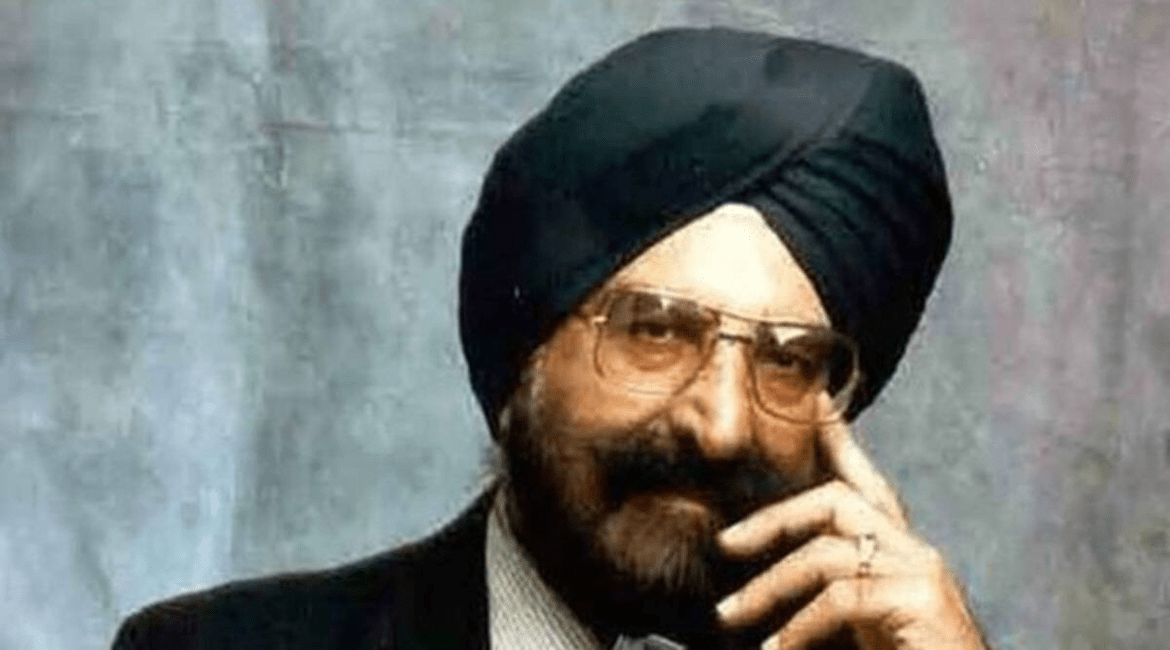AI Generated Summary
- In simple terms, when light hits a medium like glass at an angle greater than a specific “critical” angle, instead of refracting or bending out of the medium, it reflects back into it.
- While exploring solutions for transmitting light through a flexible medium – a necessity in the field of endoscopy – Kapany discovered a unique method using the principle of total internal reflection.
- This phenomenon results in multiple consecutive reflections down the length of the medium, allowing the light to travel even if the medium is bent or curved.
In our technologically progressive world, our lives have become intricately entwined with the World Wide Web. A virtual space allowing instantaneous communication, the proliferation of information, and the creation of global relationships, the Internet is a marvel to behold. Yet, how often do we pause to ponder the technology that enables this seamless interaction? At the heart of this phenomenal exchange is a web of fiber optics, pulsating with light-speed data. The man behind this technological marvel? Narinder Singh Kapany, the unheralded “Father of Fiber Optics.”

Born in India, Kapany found his calling in physics, his love for the subject propelling him from Agra University to Imperial College London. Here, he delved into the realm of optics alongside his Ph.D. advisor, Harold Hopkins. While exploring solutions for transmitting light through a flexible medium – a necessity in the field of endoscopy – Kapany discovered a unique method using the principle of total internal reflection.
This principle is what allows light to be transmitted through fiber optics. In simple terms, when light hits a medium like glass at an angle greater than a specific “critical” angle, instead of refracting or bending out of the medium, it reflects back into it. This phenomenon results in multiple consecutive reflections down the length of the medium, allowing the light to travel even if the medium is bent or curved.

Harnessing this principle, Kapany designed the “Fiberscope,” a flexible device lined with multiple optical fibers, each transmitting light to its end like a solitary pixel. This was a radical improvement over existing rigid metal endoscopes, paving the way for today’s advanced medical imaging devices.
Despite the ingenuity of his invention, Kapany encountered challenges. Over long distances, the light signal at the end of the fiber optic tube was not as precise as it should be. The reason for this inconsistency was later discovered by physicist Charles K. Kao, who attributed it to impurities within the glass fiber that absorbed and scattered the light. Kao’s solution was to use purer glass, enhanced with substances known as dopants to increase its reflectivity.
Although Kao won a Nobel Prize for his discovery, Kapany’s pioneering work in the field of fiber optics has largely gone unnoticed. This, despite the fact that his work has had an immeasurable impact on the world, enabling high-speed data transfer and transforming sectors such as telecommunications, medicine, and the Internet.
A visionary in his field, Kapany also proved himself a successful entrepreneur. In 1960, he founded Optics Technology Inc., serving as its Chairman, President, and Director of Research for over a decade. His efforts did not go entirely unrecognized. Fortune hailed him as one of the seven “Unsung Heroes of the 20th century”, a nod to his Nobel Prize-worthy contribution.

Narinder Singh Kapany passed away on December 4, 2020, and was posthumously awarded the Padma Vibhushan, India’s second-highest civilian honor, in 2021. Although his name might not be as well-known as other technological pioneers, his revolutionary work continues to light our path, literally, in the Information Age. As we enjoy the rapid exchange of ideas and information made possible by the speed of light, let us remember and honor this unsung hero of modern technology.




